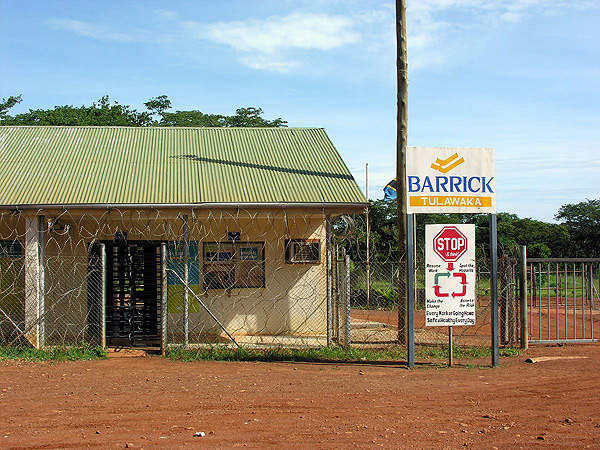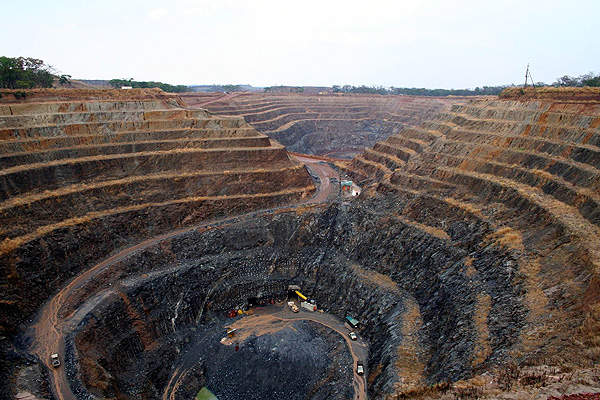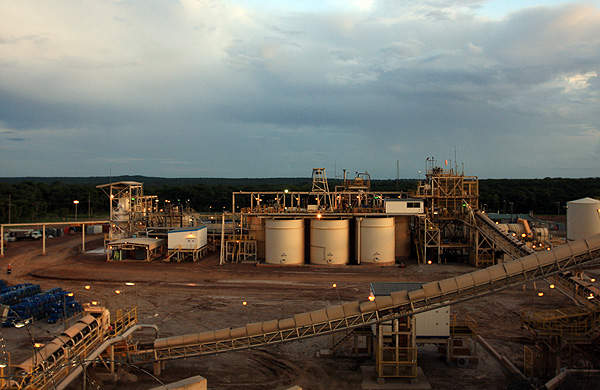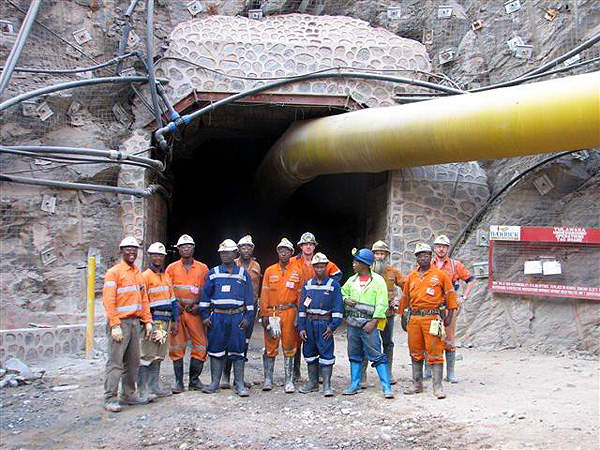Tulawaka Gold Mine is situated 160km south-west of Mwanza in the western part of the Lake Victoria Goldfield, in the United Republic of Tanzania. Mining operations at the Tulawaka mine ceased in 2013 with the gradual decrease of reserves. STAMICO, Tanzanian state-owned mining company, acquired the mine and its surrounding exploration licenses from African Barrick Gold (ABG) and Canada-based MDN Northern Mining in January 2014.
STAMICO will pay $4.5m as consideration and 2% net smelter royalty on future production in excess of 500,000Oz, as per the sale agreement. The balance of rehabilitation fund created as a part of the mine closure plan was also transferred to STAMICO.
The Tulawaka property lies in the Biharamulo district (Kagera Region) license area and has a surface area of 317km². The mine consisted of two ore bodies, which included the East and West Zones. Exploration and drilling activities at the east zone extended the mine’s life from 2011 to mid 2013.
Commercial production at the Tanzania mine
Commercial production at the Tulawaka mine commenced in March 2005. The mine produced 60,134oz of gold with a 93.2% recovery rate in 2010. The production in 2011 stood at 84,101oz of gold, a rise of 40% over 2010, with an overall recovery rate of 95.1% driven by high graded stockpiles and large mill recoveries.
Since first production in 2005, the Tanzanian mine produced 937,154 ounces of gold up to December 2012.
Geology, reserves and mineralisation of the Tulawaka gold mine area
Tulawaka gold mine lies in the western Rwamagaza greenstone belt with mineralisation hosted in a regional northwesterly striking Ushirombo shear zone.
The east zone is hosted in dominantly volcanogenic tuffaceous rock and bedded terrigenous sediment with small layers of silicate iron formations. Six different mineralised areas were identified through geological studies of the mine.
Proven and probable reserves at the mine as of December 2012 stood at 41,000t graded at 16.81g/t Au, which was equivalent to 22,000oz of Au.
Gold mineralisation at the east zone occurs within quartz – tourmaline veins and minor sulphides within a 30m to 80m shear structure. The gold deposits are spread laterally at a depth of 100m. The mineralisation extends to a strike length of 1.1km. The east zone is highly mineralised compared to the west zone.
The gold deposits in the west zone are hosted within a sheared felsic intrusive. The gold is consociated with distributed sulphides, periodic quartz stringers and narrow veins. Mineralisation is open in all directions and spans to a strike length of 750m.
Mining at ABG and MDN Northern Mining’s Tulawaka east and west zones
The Tulawaka gold mine was initially developed as an open-pit operation in 2005. The east zone deposit was mined by the Tanzania-based company Caspian through an open-pit method. It was converted to underground mining operation in 2008.
The mine comprised of a dessert open-pit, an underground access ramp at the rear of the pit, waste rock dumps, an ore stockpile area, crushing plant, a processing plant and wastewater treatment and appurtenant facilities. The infrastructure used for mining included Komatsu shovels, loaders, dozers and haul trucks.
Processing plant and method applied at the United Republic of Tanzania gold mine
The processing plant at the Tulawaka mine c process 1,480 tons a day (tpd) of ore.
The run of mine (ROM) ore stockpile was crushed using a primary jaw crusher to a high degree of fineness. The crushed ore was transferred to a single stage semi autogeneous grinder (SAG) mill for grinding.
The ground ore was then fed to the FFE liners, Knelson concentrators, a Gekko intensive leach reactor and electrowinning circuit to retrieve approximately 50% to 70% of the gold. The remaining gold was treated through carbon-in-leach (CIL) technology.
In the CIL method, the ground ore was transferred to cyanide leach tanks to generate pregnant solution. The solution was fed to a series of carbon adsorption agitated tanks where the gold sticked to the surface of the carbon. The gold bearing carbon was poured into a heated sodium hydroxide-cyanide-water solution and gold precipitates were detached from carbon.
The gold precipitates were washed with high pressure sprays, dried and melted at the smelter or refinery to produce pure gold dore bars or ingots for export. The solution was transferred to the tails thickener to recycle water for the processing plant.







